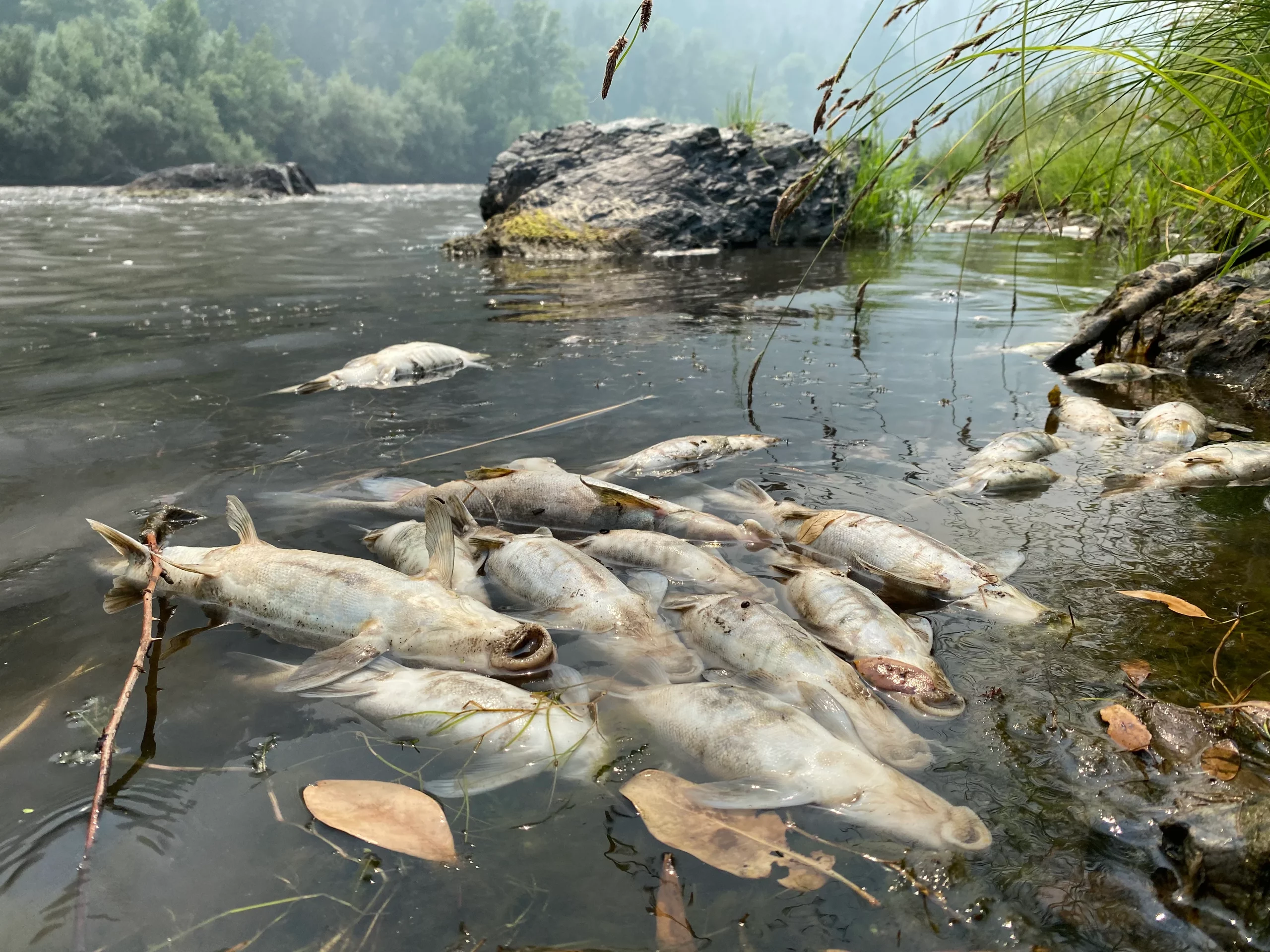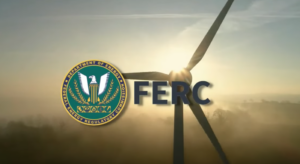Klamath River Devastated by Wildfire-Related Fish Kill
 The Klamath River in far northern California is currently experiencing an unprecedented crisis borne of wildfire and extreme weather that has thickened the river with mud for 155 miles, causing a massive fish kill. It is one of several wildfire-related emergencies simultaneously affecting the river, its two largest tributaries-the Salmon and the Trinity-and multiple river communities right now. Twenty whitewater runs totaling 293 miles are impacted.
The Klamath River in far northern California is currently experiencing an unprecedented crisis borne of wildfire and extreme weather that has thickened the river with mud for 155 miles, causing a massive fish kill. It is one of several wildfire-related emergencies simultaneously affecting the river, its two largest tributaries-the Salmon and the Trinity-and multiple river communities right now. Twenty whitewater runs totaling 293 miles are impacted.
The Klamath is a shocking disaster scene with tens of thousands of dead fish floating in chocolate brown waters downstream of the McKinney Fire, which is still actively burning. The native Klamath sucker fish has been especially hard hit but dead trout, steelhead, Pacific lamprey, and salmon-even crayfish-have also been found. Fisheries crews from the Karuk and Yurok tribes have surveyed the river repeatedly to take toll of the disaster and to determine the exact causes of the fish kill that is impacting some of their most significant cultural resources.
What is known is that the McKinney Fire, currently the largest in California, torched more than 45,000 acres of forest in just two days as dry thunderstorms fanned the flames of this human-caused fire, turning it into an inferno that left behind a severely burned landscape. Days later, on August 2, an unusually strong thunderstorm dumped up to three inches of rain on the fresh burn scar. With no vegetation to hold the soil in place, the rain ran off quickly, triggering landslides and debris flows that carried a thick slurry of mud, rock, and trees downhill and into the river.
There was so much mud in the river that the amount of oxygen dissolved in the water-the oxygen that all aquatic organisms breathe-dropped to zero. The fish kill appears to have been caused by this suffocation, and tribal biologists have initially determined that nearly all fish in a 50-mile stretch of river have died.
A similar catastrophe of rain-on-burn-scars took place nearly simultaneously on the Klamath’s two largest tributaries, the Salmon and Trinity rivers. Although fisheries surveys there haven’t found fish kills, dead fish have been found and the rivers are full of thick sediment and debris that will continue to muddy their waters and alter their riverbeds for some time to come-and all of this is headed into the Klamath as it moves downstream. All told, over 300 miles of the Klamath, Salmon, and Trinity river are currently affected. This includes 20 whitewater runs, some of which will almost certainly contain new wood hazards from trees and logs carried in by the debris flows.
Yet these are just part of the wildfire-related emergencies affecting the Klamath right now. The McKinney Fire destroyed much of the riverside town of Klamath River, killing four people. Downstream about 40 miles, the Yeti Fire has been threatening the communities of Seaid Valley and Happy Camp, a town that was partially destroyed by the Slater Fire in 2020. And now, series of new lightning-caused fires are burning on both sides of the lower Trinity River and the South Fork Trinity River, forcing evacuations for the second consecutive year in this area.
These disasters are individually tragic, but they share some common causes. Fire is a natural and essential part of this ecosystem but over 100 years of fire suppression and the exclusion of traditional indigenous burning practices has led to unnaturally dense forests that feed these fires. The McKinney Fire area was aggressively logged and densely replanted following a fire in 1955, setting the stage for the current high intensity fire. We need better land management practices with a focus on the interaction between a changing climate, fire, and rivers and the use of traditional burning and prescribed fire on a large scale to help restore the natural role of fire in these ecosystems. Without these changes, we will continue to see the kind of devastation taking place in the Klamath watershed right now.
If you see a large number of dead or dying fish on the Klamath, Salmon, or Trinity rivers, please document it and call the Klamath Fish Health Assessment Team at (800) 852-7550.
For additional reading on the topic, we suggest the New York Times and The Lookout.
By Scott Harding


